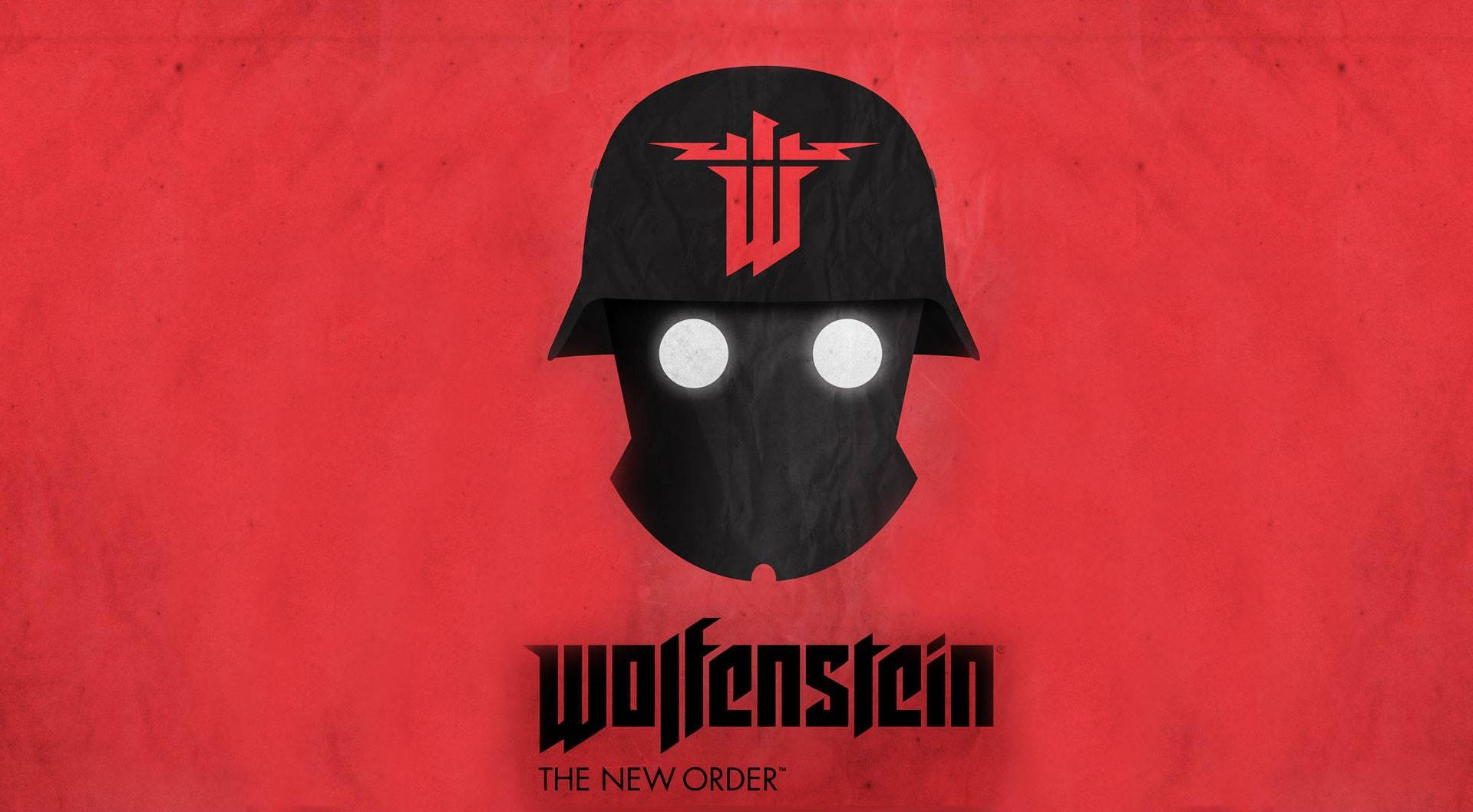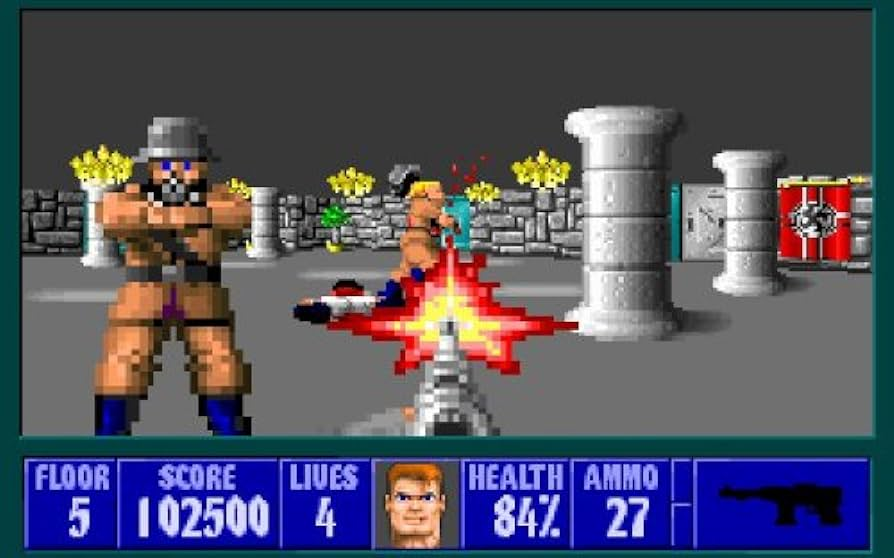

Project Description🎮🕹️🚀
Cub3d is a project assigned in 42 School, a coding school renowned for its immersive and hands-on learning approach. In this project, students are tasked with creating a simplified version of a 3D maze game engine inspired by the classic game Wolfenstein 3D. The engine renders a first-person perspective view of a maze using ray casting techniques and supports basic movement controls.
Key Features
- Ray Casting: Cub3d employs ray casting to render the 3D world, where rays are cast from the player’s viewpoint to determine the intersection points with walls in the maze. This technique allows for fast rendering of pseudo-3D environments.
- Trigonometry Mathematics: Trigonometric functions such as sine and cosine are used extensively to calculate the player’s viewing direction, determine wall distances, and handle movement within the maze.
- Texture Mapping: The engine supports texture mapping to apply textures to the walls of the maze, enhancing the visual representation of the environment and adding depth to the gameplay experience.
- Movement Controls: Basic movement controls allow the player to navigate through the maze, including moving forward, backward, and turning left or right.
- Map Parsing: Cub3d parses a map file provided by the user, defining the layout of the maze, the location of walls, and any additional elements such as sprites or collectibles.
Concepts Used
- Retro Gaming Inspiration: Cub3d draws inspiration from classic retro games like Wolfenstein 3D, a pioneering first-person shooter that popularized the use of ray casting for 3D rendering in the early 1990s. By recreating elements of these iconic games, students gain a deeper understanding of the evolution of game development and the principles underlying retro gaming classics.
- Ray Casting: A rendering technique used to create a 3D perspective in a 2D map. Rays are cast from the player’s viewpoint, and intersections with objects in the environment are calculated to create the illusion of depth.
- Trigonometry Mathematics: Trigonometric functions such as sine, cosine, and tangent are used to calculate angles, distances, and coordinates within the 3D environment, enabling accurate rendering and movement calculations.
- Texture Mapping: The process of applying textures to surfaces in a 3D scene, enhancing the visual realism and creating immersive environments.
- Map Parsing: Parsing and interpreting map data to generate the layout of the maze, including walls, floor, and ceiling textures, as well as any interactive elements or obstacles.
Learning Outcomes
- Understanding of Retro Gaming History: By recreating elements of classic retro games, students gain insight into the history and evolution of game development, including the technological advancements and design principles that shaped the industry.
- Application of Trigonometry in Game Development: Through the implementation of Cub3d, students apply trigonometric principles to solve real-world problems in game development, such as calculating viewing angles and handling player movement.
- Problem-Solving Skills: Tackling the challenges of Cub3d hones students’ problem-solving abilities, critical thinking, and debugging skills, essential for software development in complex environments.
- Creative Expression: Cub3d encourages creative expression through the design and implementation of custom maze layouts, textures, and gameplay elements, fostering innovation and experimentation in game development.
Recommended Libraries
- mlx (MiniLibX): A simple X-Window programming API used for graphics rendering in Cub3d. It provides basic drawing and event handling capabilities, making it suitable for small-scale projects like this.
References
Overall, Cub3d is an exciting project that offers students a glimpse into the world of retro gaming and the foundational techniques that paved the way for modern game development. 🎮🕹️🚀
If you like game development, you will likely enjoy working on this project. However, personally, if you’re not a fan of projects in this domain, you may find it less appealing and may prefer to move through it quickly.
Taking the time to understand all the concepts involved in a project like Cub3d is crucial for a comprehensive learning experience. From ray casting to trigonometry mathematics and texture mapping, each concept plays a significant role in the development of the project. If there are specific areas you’d like to delve deeper into or if you have any questions about the project, feel free to ask!
While ray casting was revolutionary in its time and paved the way for early 3D game development, modern game engines utilize more advanced rendering techniques such as rasterization or ray tracing. These engines are capable of producing highly realistic graphics with complex lighting effects, shadows, and reflections.
However, understanding the principles behind ray casting can still be valuable for aspiring game developers as it provides insight into the fundamentals of 3D rendering and helps build a strong foundation in graphics programming. Additionally, studying historical techniques like ray casting can foster creativity and innovation by inspiring new approaches to solving problems in game development.
Subject
you can just download the subject here